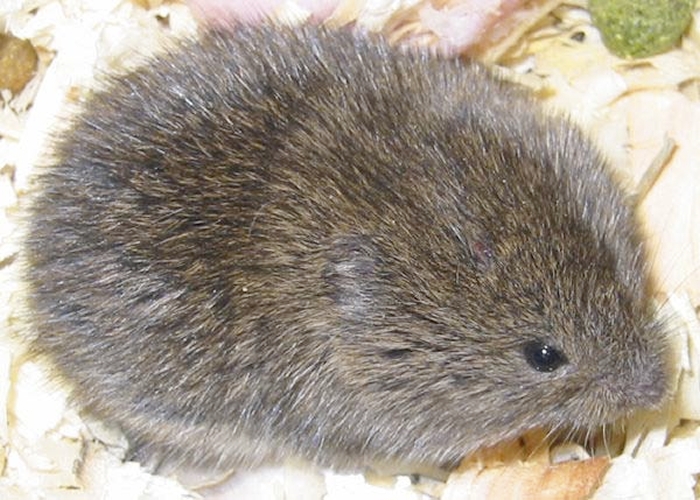Voles are the ones making a mess of your plants
Published 12:00 am Friday, February 13, 2015

- A vole
By Darrell Blackwelder
Cooperative Extension
Many homeowners have called recently complaining about numerous holes all over the yard. Voles are small tailless mice that spend much of their lives underground.
These animals can be a gardener’s nightmare because they feed on plant roots and stems, especially the roots of flower bulbs, ornamental shrubs and fruit trees. Voles chewing on the trunks of desirable shrubs and apple trees near the base weaken and often kill the plant.
It’s easy to confuse voles with moles. Moles tunnel underground in search of grubs and other insects. Moles feed exclusively on grubs and other small insects. Moles are controlled using soil insecticides. Voles, on the other hand, are vegetarians. Voles will often use mole tunnels as a highway to your plants.
Voles tend to be a problem when residential homes are located near hardwood forests or brushy fields. Wooded subdivisions tend to have high vole populations.
Besides producing a mass of small holes through the landscape, this pesky animal can devastate ornamental plantings. Dwarf nandinas, hostas, daylilies, tulip bulbs, apple trees and rhododendron are preferred dining plants for voles.
If you suspect voles, check for chisel-like marks near or below ground parts of the plants. Another way to check for voles is to place a piece of apple under a flowerpot. Check the apple the next day for gnawing marks or it may be completely devoured.
There are few practical ways to control voles. Voles can be trapped with apple-baited mousetraps placed under the cover of flowerpots or other overhead cover that blocks out all light. Look for the tunnels or runs under the mulch, and place traps cross-wise to the direction of the runways.
Locate traps on a 10-foot by 10-foot grid in the landscape. Continue to check traps at least once a week after the last vole is caught. It’s not uncommon to catch as many as 10 voles in one day.
An alternative control is to use a rodenticide such as Rozol. Rozol is generally available at garden centers and hardware stores. Apply the rodenticide according to the label directions in covered locations in the runways or holes 10 feet apart.
Re-bait entrance holes every 21 to 30 days. Repeat the test with the piece of apple to make sure you’ve rid your garden or landscape of the pest. The apple test is a foolproof way to determine if you have a vole infestation.
Darrell Blackwelder is an agricultural agent in charge of horticulture with the North Carolina Cooperative Extension Service in Rowan County.




